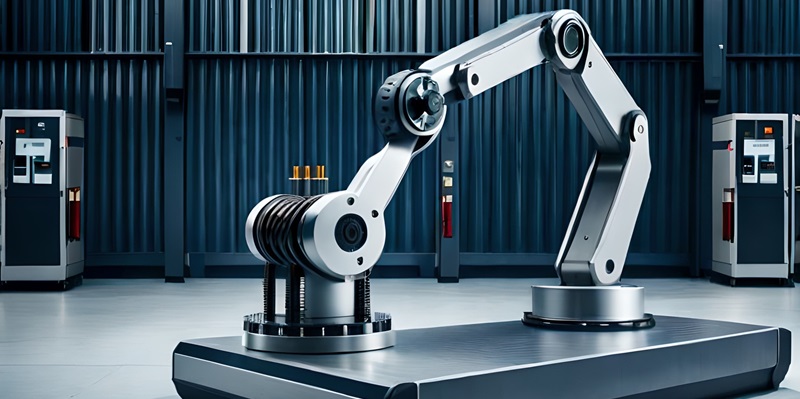In the landscape of automation and robotics, trends come and go, but precision and reliability remain perennially in demand. Cartesian robots, which navigate in strictly defined linear paths along X, Y, and Z axes, are experiencing a renaissance, especially in industrial sectors where consistent and precise motion is pivotal. Although six-axis collaborative robots have garnered a significant share of attention for their versatility, there is a poignant resurgence in interest for Cartesian robots, particularly for operations that do not require complex articulation. Industries are tapping into their potential for applications such as gantry systems, material transfer processes, and staple pick-and-place tasks, all thanks to their high dependability, uncomplicated programming, and efficient payload management.
A Modern Take on Cartesian Systems
The reemergence of Cartesian robots in industrial applications is headlined by companies like Bosch Rexroth, which is channeling innovation through its Smart Function Kit for handling. Showcased at the prominent Automate 2024 expo, this cutting-edge kit presents pre-assembled, multi-axis Cartesian systems fabricated from standardized modules. It’s an embodiment of efficiency, offering an expedient resolution for diverse automation requirements. Bosch Rexroth isn’t merely packaging old tech in a new box; their systems incorporate MS2N servo motors and a forward-thinking cable management system. This dovetails cleanly with ctrlX drives and controllers, signaling a leap toward refined connectivity and operational fluidity in robotics.
This Cartesian revival isn’t just hardware deep. Bosch Rexroth is making strides toward accessibility and user-friendliness with an application-based interface designed for programming these robotic systems. Imagine orchestrating complex routines like palletizing with a few drags and drops on a screen—it’s becoming a reality with technologies that prioritize intuitive user experiences. And beyond the user interface, Bosch Rexroth’s online toolkit streamlines customization, allowing clients to design and order their personalized system with unprecedented ease. They’ve distilled the entire configuration process to a single part number for the entire setup, a testament to their commitment to simplifying the complex world of automation.
Balancing Performance with Practicality
Cartesian robots are becoming an emblem of the robotics industry’s shift toward customization, cost-efficiency, and high performance. The industry’s interest in advanced multi-axis robots remains strong, but there’s an increased acknowledgment of the critical role Cartesian robots play in specific applications. Leading this trend is Bosch Rexroth, whose Cartesian systems meet modern automation needs while maintaining their fundamental precision and reliability.
This evolution of Cartesian robots signifies a more profound change in robotic deployment philosophy—choosing the right system for the job rather than the most complex. Bosch Rexroth’s Smart Function Kit embodies this principle, championing precise, tailored robotics solutions. Their innovative approach steers the discussion toward efficient automation, suggesting that streamlining and honing existing tools is often more effective than adding layers of complexity. Cartesian robots are thus defining their niche, proving their ability to address the varied demands of today’s industries with adaptability and focused innovation.

